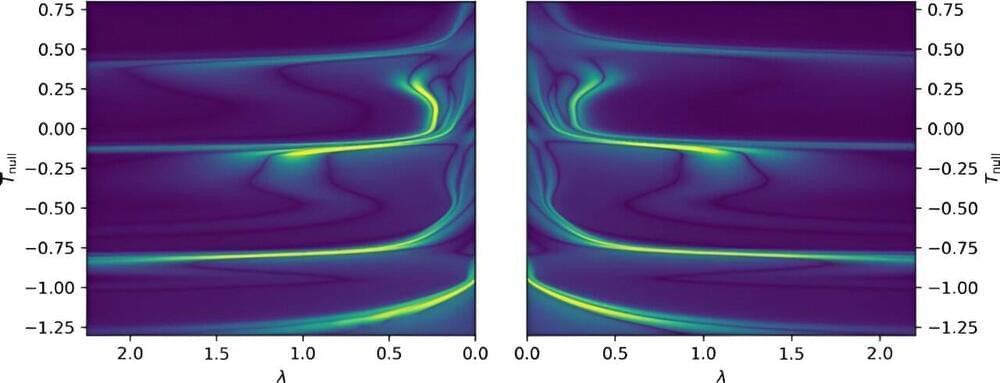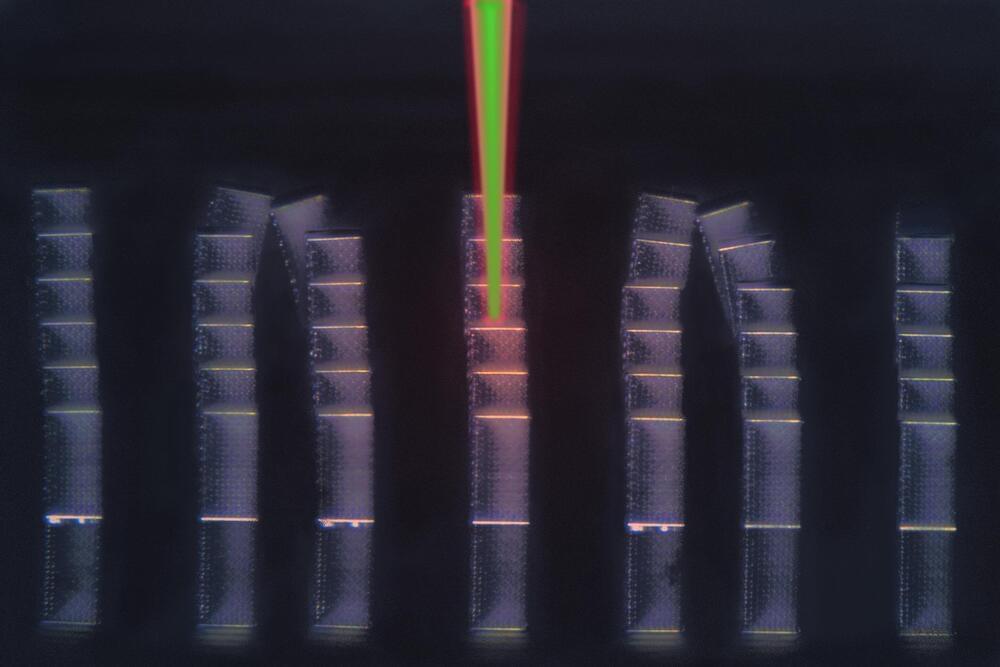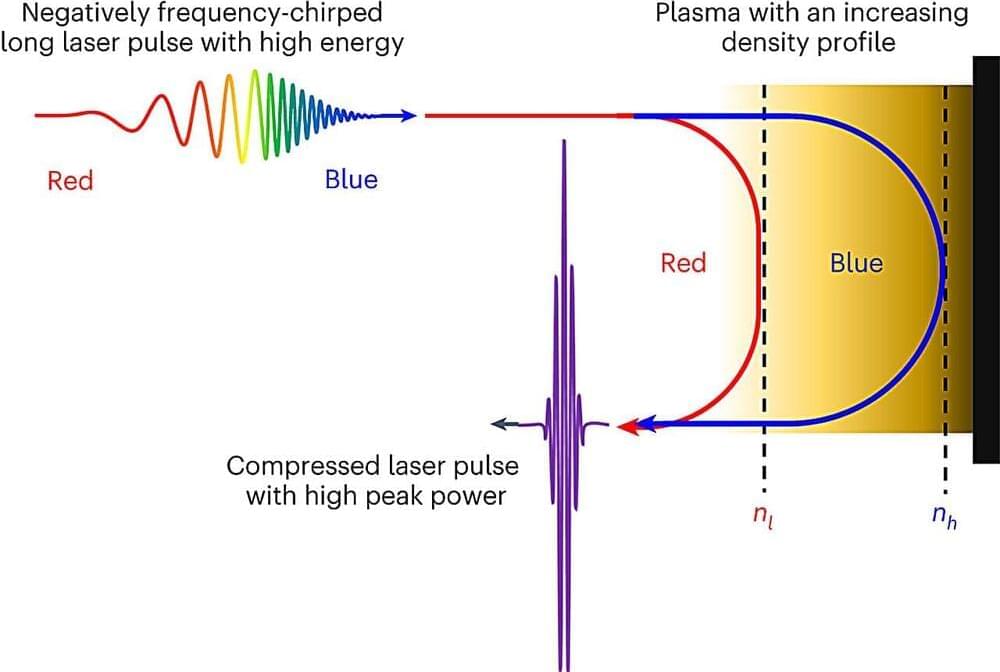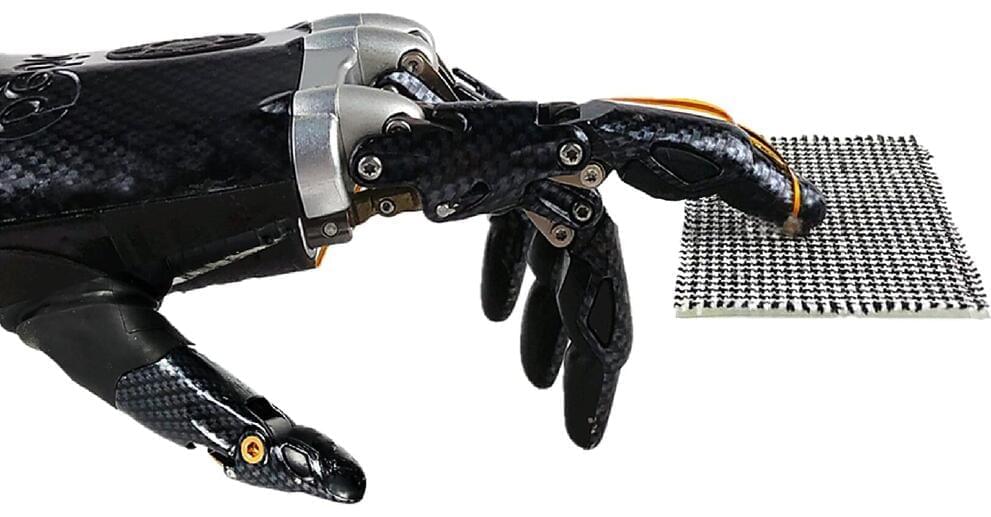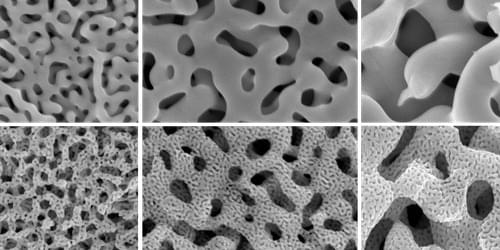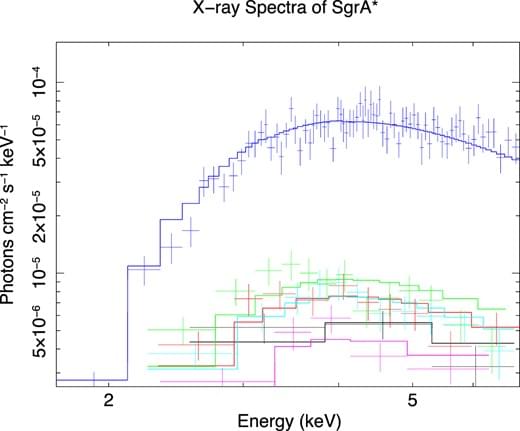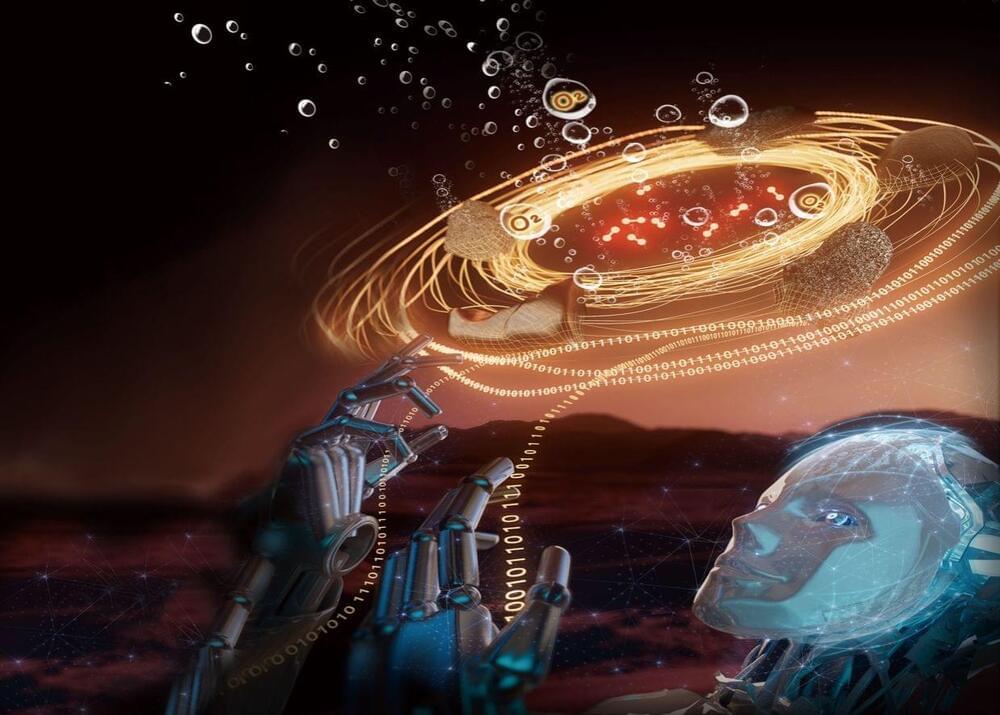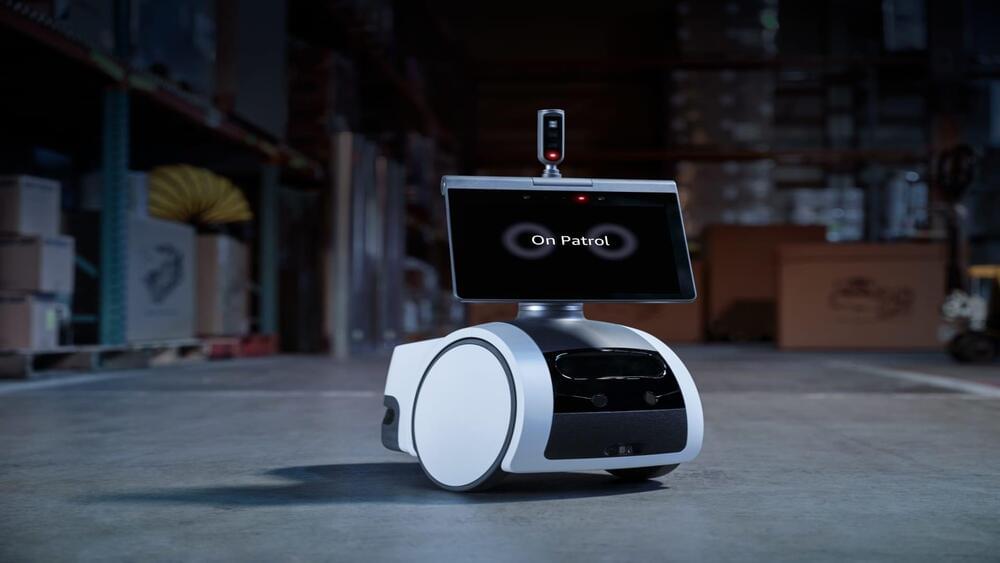
The company on Wednesday announced Astro for Business, a version of its household robot that it’s framing as a crime prevention tool for retailers, manufacturers and a range of other industries, in spaces that are up to 5,000 square feet. Astro for Business is launching only in the U.S. to start, and it comes at a steep price point of $2,349.99.
Amazon unveiled Astro, its first home robot, in September 2021. The squat, three-wheeled device can roll around the house to answer Alexa voice commands, and it has a 42-inch periscope camera that allows it to see over countertops or other obstacles to check if a stove has been left on, among other tasks.
Two years on from its debut, the original Astro, which costs $1,599, is available in limited quantities and on an invite-only basis.



